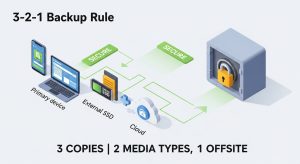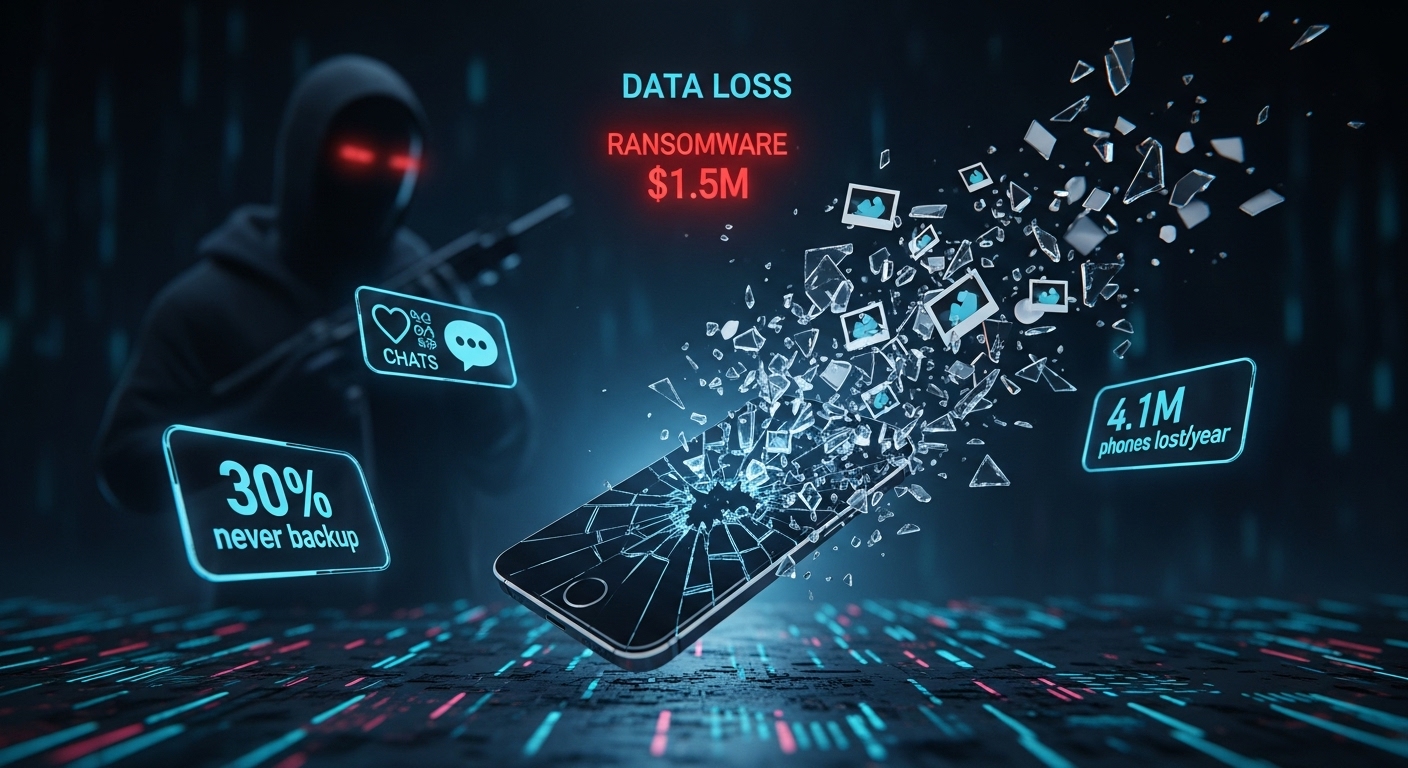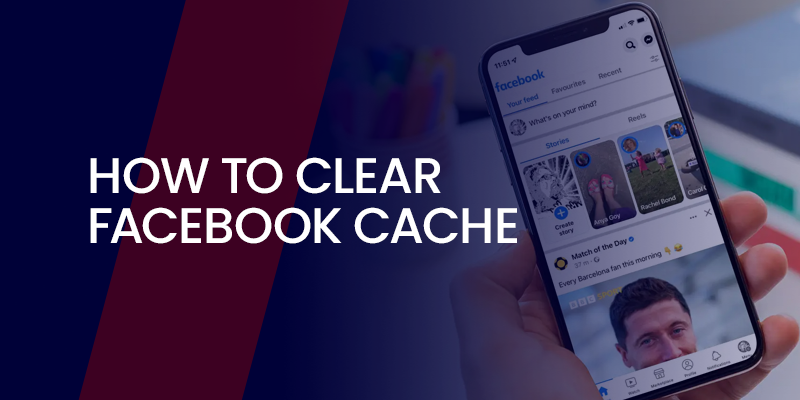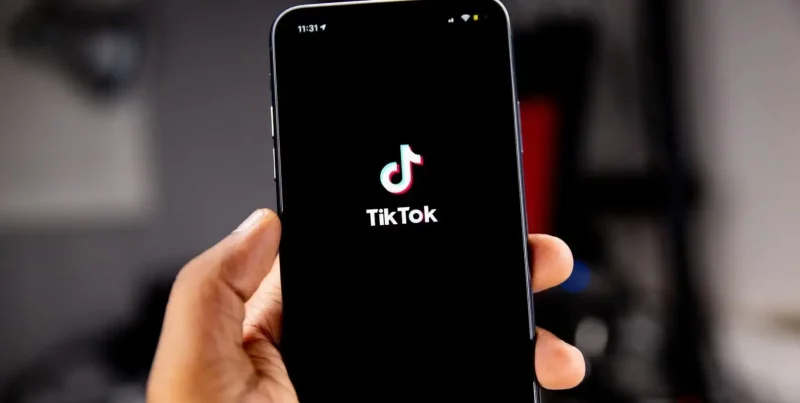Why Ignoring Your Backups Could Cost You Everything
World Backup Day, observed annually on March 31, serves as a wake-up call in the digital era. Established in 2011, this unofficial holiday reminds individuals and businesses alike of a simple truth: data loss is not a question of “if,” but “when.”
Every year, millions lose access to their most precious memories, vital work files, and sensitive personal information due to theft, system failure, cyberattacks, or accidental deletion. Yet despite this looming risk, a large percentage of people still don’t back up their data.
📊 The Shocking Truth: Data Loss by the Numbers
If you think you’re immune, consider these statistics:
- 21% of people have never backed up their data.
- 4.1 million phones were lost in 2022.
- 30% of people have never backed up their mobile device.
- Ransomware attacks are up 13% year-over-year, with victims paying an average of $1.5 million in ransom (Verizon DBIR 2024).
- Hardware failure accounts for 45% of data loss scenarios.
Whether it’s a corrupted hard drive, accidental deletion, or a cyberattack, these stats prove that data loss is not rare—it’s inevitable, so on this World Backup Day, make the most if it.
🔒 World Backup Day: Why Data Safety Is More Critical Than Ever
In 2025, our lives are more digital than ever. From health records to financial information, our phones and laptops carry it all. Here’s why the urgency to back up your data has never been higher:
1. Ransomware & Malware Surge
Cybercriminals have become increasingly sophisticated. If your data isn’t backed up securely, a single click on a malicious link could lock you out of everything.
2. Cloud Reliance Without Redundancy
Many users assume that using cloud services like Google Drive or iCloud means their data is safe. But cloud services can fail, and accounts can be hacked. Redundant backups (more than one copy in different places) are key.
3. Device Fragility
Smartphones today are sleeker but also more prone to damage. Cracked screens, water damage, or sudden hardware failures are all it takes to lose your data.
4. Increasing Digital Footprint
With high-res images, 4K videos, and massive app storage, phones are carrying more data than ever. Losing a phone today is like losing your digital identity.
📱 Mobile Phone Backup Solutions: What Works in 2025
Fortunately, backing up your phone data is easier than ever. Here’s a comprehensive look at the best solutions for both Android and iPhone users:
✅ For iPhone Users
- iCloud Backup
- Pros: Automatic, encrypted, integrates well with Apple ecosystem.
- Cons: Only 5GB of free storage. Paid plans start at $0.99/month for 50 GB.
- Best For: Everyday users in the Apple ecosystem.
- iTunes/Finder Backup (Local Backup)
- Pros: Free, full device backup.
- Cons: Requires manual sync with PC or Mac.
- Best For: Users who prefer offline backup control.
- Third-Party Apps
- Apps like iMazing allow more granular control over backups and data transfers.
✅ For Android Users
- Google One / Google Drive
- Pros: Automatic backup of photos, videos, SMS, and app data.
- Cons: Limited free storage (15GB shared across services).
- Best For: Most Android users needing a simple, cloud-based solution.
- OEM Backup Services
- Samsung Smart Switch, Xiaomi Cloud, and others offer built-in backup.
- Pros: Seamless migration when switching devices.
- Cons: Often limited to the same-brand device ecosystems.
- Manual PC Backup
- Pros: No storage limits, works offline.
- Cons: Requires manual setup and technical knowledge.
- Best For: Advanced users.
- Third-Party Backup Apps
- Apps like Titanium Backup (for rooted phones), G Cloud, or Super Backup & Restore offer enhanced functionality.
🔁 The 3-2-1 Backup Rule: The Gold Standard

The 3-2-1 Backup Rule remains the best practice in 2025:
- 3 copies of your data
- 2 different storage types (e.g., cloud + external drive)
- 1 copy stored offsite (e.g., cloud or remote location)
Therefore, following this method significantly reduces the risk of permanent data loss.
📂 What Should You Back Up?
It’s not just about backing up—it’s about backing up the right things:
- Photos & Videos
- Contacts & Call Logs
- App Data (especially chat apps like WhatsApp)
- SMS & MMS Messages
- Calendars & Notes
- Files/Documents (PDFs, Word files, etc.)
- Settings & Customizations
🧠 Common Backup Mistakes to Avoid
Even people who back up their data often make these critical mistakes:
- Only using one backup method
- Relying solely on iCloud or Google Drive isn’t enough.
- Forgetting to automate
- Set up automatic backups so you don’t have to think about it.
- Not testing backups
- A backup is useless if you can’t restore it. Test regularly.
- Ignoring app-specific backups
- Some apps (like Signal, WhatsApp) require separate backup steps.
🚀 Best Practices for 2025
So, to stay protected, follow these updated best practices:
- Schedule automatic weekly backups
- Encrypt backups to prevent unauthorized access
- Use strong passwords & two-factor authentication on backup accounts
- Keep backup software updated
- Monitor cloud storage limits and upgrade if needed
🧩 Final Thoughts: Don’t Wait for a Loss to Learn
World Backup Day 2025 isn’t just another hashtag—it’s a serious reminder that your digital life is fragile. Whether it’s your wedding photos, work projects, or important legal documents, one unfortunate moment could wipe it all away.
Backing up isn’t optional—it’s essential.
So, ask yourself this: If your phone was lost or hacked today, would you be okay?
If not, take action—today.
🛠️ Quick Backup Checklist for Your Phone
| Task | Done? |
| Enable automatic cloud backup (Google One / iCloud) | ✅ / ❌ |
| Create a local backup on PC/Mac | ✅ / ❌ |
| Backup chat apps like WhatsApp separately | ✅ / ❌ |
| Enable 2FA on backup accounts | ✅ / ❌ |
| Test your backup restoration process | ✅ / ❌ |







